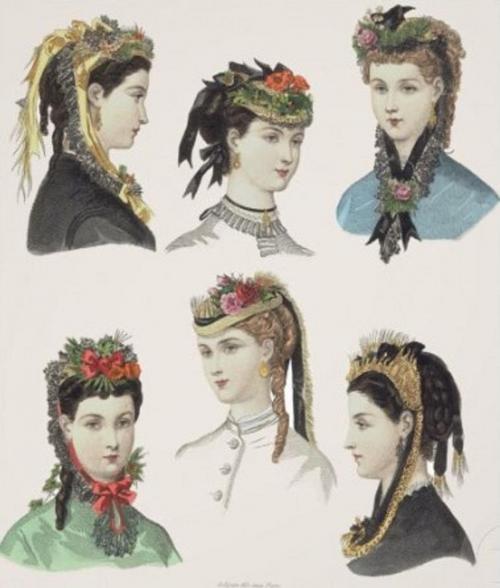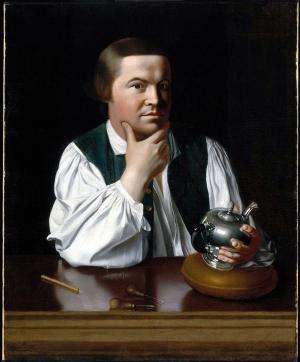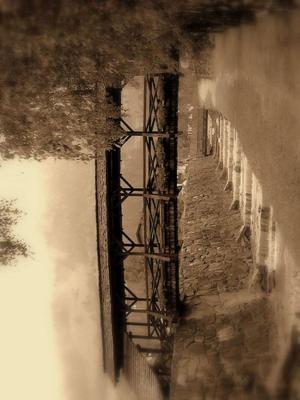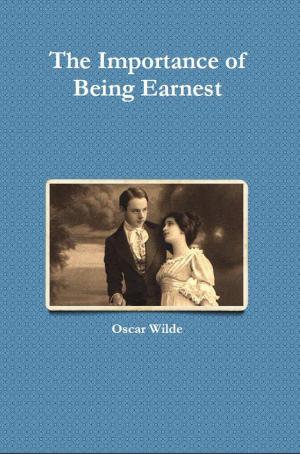| Author: | Henry James | ISBN: | 1230000112881 |
| Publisher: | AP Publishing House | Publication: | March 6, 2013 |
| Imprint: | Language: | English |
| Author: | Henry James |
| ISBN: | 1230000112881 |
| Publisher: | AP Publishing House |
| Publication: | March 6, 2013 |
| Imprint: | |
| Language: | English |
Daisy Miller and Winterbourne first meet in Vevey, Switzerland, where Winterbourne is vacationing from his alleged studies (although an attachment to an older lady is rumoured). They are introduced by Randolph Miller, Daisy's 9-year old brother. Randolph considers their hometown of Schenectady, New York, to be absolutely superior to all of Europe. Daisy, however, is absolutely delighted with the continent, especially the high society which she wishes to enter.
Winterbourne is at first confused by her attitude, although greatly impressed by her beauty, but soon determines that she is nothing more than a young flirt. He continues his pursuit of Daisy in spite of the disapproval of his snobbish aunt Mrs. Costello, who spurns any family with so close a relationship to their courier as the Millers have with their Eugenio. She also thinks Daisy is a shameless girl for agreeing to visit the Château de Chillon with Winterbourne after they have known each other for only half an hour. Winterbourne then informs Daisy that he must go to Geneva the next day. Daisy feels disappointment and chaffs him, eventually asking him to visit her in Rome later that year.
In Rome, Winterbourne and Daisy meet unexpectedly in the parlor of Mrs. Walker, an American expatriate. Her moral values have become adapted to those of Italian society. Rumors about Daisy meeting with young Italian gentlemen make her socially exceptionable under these criteria. Winterbourne learns of Daisy's increasing intimacy with a young Italian of questionable society, Giovanelli, as well as the growing scandal caused by the pair's behavior. Daisy is undeterred by the open disapproval of the other Americans in Rome, and her mother seems quite unaware of the underlying tensions. Winterbourne and Mrs. Walker attempt to persuade Daisy to separate from Giovanelli, but she refuses any help that is offered.
One night, Winterbourne takes a walk through the Colosseum and, at its center, sees a young couple sitting there. He realizes that they are Giovanelli and Daisy. Winterbourne, infuriated with Giovanelli, asks him how he could dare to take Daisy to a place where she runs the risk of "Roman Fever" . Daisy says she does not care and Winterbourne leaves them. Daisy falls ill, and dies a few days later.
The issue on which the novella turns is the 'innocence' of Daisy .
Daisy Miller and Winterbourne first meet in Vevey, Switzerland, where Winterbourne is vacationing from his alleged studies (although an attachment to an older lady is rumoured). They are introduced by Randolph Miller, Daisy's 9-year old brother. Randolph considers their hometown of Schenectady, New York, to be absolutely superior to all of Europe. Daisy, however, is absolutely delighted with the continent, especially the high society which she wishes to enter.
Winterbourne is at first confused by her attitude, although greatly impressed by her beauty, but soon determines that she is nothing more than a young flirt. He continues his pursuit of Daisy in spite of the disapproval of his snobbish aunt Mrs. Costello, who spurns any family with so close a relationship to their courier as the Millers have with their Eugenio. She also thinks Daisy is a shameless girl for agreeing to visit the Château de Chillon with Winterbourne after they have known each other for only half an hour. Winterbourne then informs Daisy that he must go to Geneva the next day. Daisy feels disappointment and chaffs him, eventually asking him to visit her in Rome later that year.
In Rome, Winterbourne and Daisy meet unexpectedly in the parlor of Mrs. Walker, an American expatriate. Her moral values have become adapted to those of Italian society. Rumors about Daisy meeting with young Italian gentlemen make her socially exceptionable under these criteria. Winterbourne learns of Daisy's increasing intimacy with a young Italian of questionable society, Giovanelli, as well as the growing scandal caused by the pair's behavior. Daisy is undeterred by the open disapproval of the other Americans in Rome, and her mother seems quite unaware of the underlying tensions. Winterbourne and Mrs. Walker attempt to persuade Daisy to separate from Giovanelli, but she refuses any help that is offered.
One night, Winterbourne takes a walk through the Colosseum and, at its center, sees a young couple sitting there. He realizes that they are Giovanelli and Daisy. Winterbourne, infuriated with Giovanelli, asks him how he could dare to take Daisy to a place where she runs the risk of "Roman Fever" . Daisy says she does not care and Winterbourne leaves them. Daisy falls ill, and dies a few days later.
The issue on which the novella turns is the 'innocence' of Daisy .















